Winter is here, and our guide to portable heaters may help you stay warm and save big bucks in energy costs.
Of course, we are talking about portable electric heaters. In this guide, we look at three things
- Types of heaters
- Best places to use them
- Efficiency – power used to heat a specified area
We are not covering gas, boiler/radiator, heat pumps, air conditioning (just a mention), underfloor heating, etc. These require expensive capital outlays.
This is our annual update, and while not much has changed, the cost of power has increased yet again by up to 20%. The prices reflect peak rates of 70 cents per kWh, nearly double when we originally published this guide in 2022!
Why do you need a portable heater?
Most homes are poorly designed to keep heat in winter and out in summer. The ideal is an 8-10° temperature difference and to retain that cool/heat during the day/night.
Compare the inside temperature to the outside. If there is less than an 8° difference, you need to act. Simple things can reduce heating or cooling costs by up to 40%.
The Australian Government has a great guide here, so here are a few points:
- Seal windows and doors to save 15-25% winter heat loss. Use some self-adhesive foam strips and door seals. It is a low-cost DIY instant fix
- DIY fibreglass or aluminium, roof bats, or blow-in composite insulation reduces heat loss through the roof by 25-35%.
- Window coverings – blinds and curtains reduce 10-20% of glass heat leakage
If you can get your thermals under control, it can mean only having to heat an area from 18° to 22° instead of 10°.
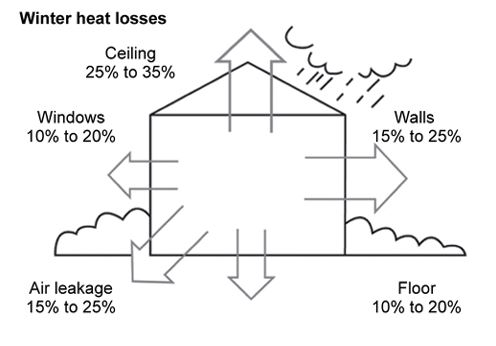

Room size must at least match the portable heater capacity
If you have a large room, the heater will valiantly try to heat it, especially the thermostat-controlled models, which keep going flat out, wasting energy and never reaching the desired temperature.
You need about 2400W per 20m3—the only issue is how long it takes to raise the ambient heat load to 22°.
- Small bedroom 3 x 3 x 2.4m = 20m3
- Medium bedroom 4 x 4 x 2.4 = 40m3
- Large bedroom 5 x 5 x 2.4 = 60m3
- Open plan, dining, lounge 5 x 10 x 2.4 = 120m2
Assuming electricity costs 70 cents per kilowatt-hour (kWh – 1000 watts per hour), that small, cheap, radiant bar heater uses 2000W per hour – $1.60 per hour!
Here is where fan-forced heaters come in – create a microclimate
Convection-style portable heaters radiate heat—hot air rises, and cold air falls. The problem with convection is that cold air from around the room is drawn into the convection. If you tried to heat the whole 120m3 open-plan area, you would need six 2400W heaters strategically placed, chewing up big $$$ per hour.
More efficient heaters use fans and oscillation to create a heat zone or microclimate. For example, the Dyson Hot/Cold fan/purifiers can heat a 45° cone-shaped area, approx. 3 metres deep and 2 metres wide (15m2) using less electricity.
If you can reduce the area you heat, you will save significant dollars. The Dyson Purifier Hot and Cool Models have a 10-speed fan, variable oscillation angles and the Coandă effect (10x air multiplier) to blow air up to 37°. It is perfect to quickly (10-15 minutes) create a microclimate around the lounge couch and then gradually (over a few hours) warm a larger area. Flat out – fan speed 10 and 37°, it consumes <2000W. The auto setting for 22° uses from 500-1000W to maintain that microclimate. You get air purification as a benefit.

Portable home heating – heater types.
Harvey Norman lists 93 portable heaters. These range from $39 for an 1800/2400W fan heater to $749 for a 2400W panel heater on castors. Note that 2400W or 2.4kW is the maximum you can plug into a Powerpoint. All too often, turning on a jug or toaster can overload the circuit.
Radiant heaters
None can heat more than a small 20m3 room, but fan and thermostat models heat faster. Rule of thumb – fan heaters will do a better job and use less electricity.
| Type | Wattage (kWh) | Running cost per hour | Suitable for |
| Radiant convention heater 2-bar typically <$30 | 1800-2400 | $1.26 to 1.68 | Smaller closed rooms to 20m3 |
| Radiant convention heater 3-bar typically <$60 | Usually three settings 800/1600/2400 | $0.56/1.12/1.68 | As above, but the advantage of selecting lower heat levels |
| Ceramic heater with thermostat <$30 | 1500W | $1.05 | As above, but thermostat can save a few cents |
| Convection heater with timer and thermostat <$60 | Usually, two settings from 1000/2000W | $0.70/1.40 | |
| Oscillating fan element heater with thermostat <$30 | 2000W | $1.40 | Fans raise the temperature faster and then require less heat to maintain it |
| Tower fan heater with thermostat <$50 | 1000-2000W | As above, but the thermostat can save a few cents | Dyson style and the most efficient. Especially useful for microclimate areas |
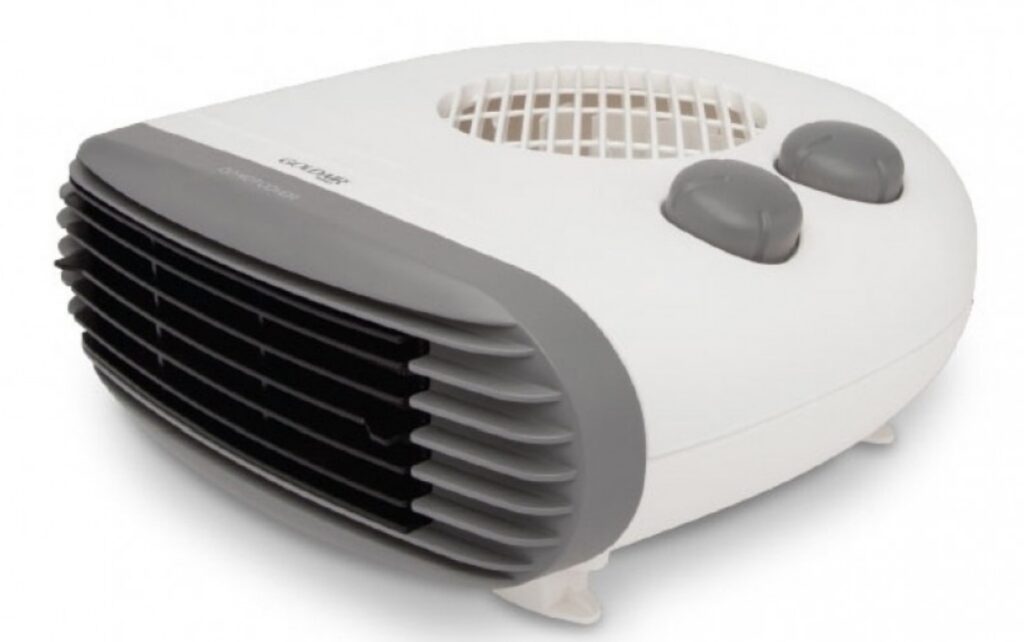
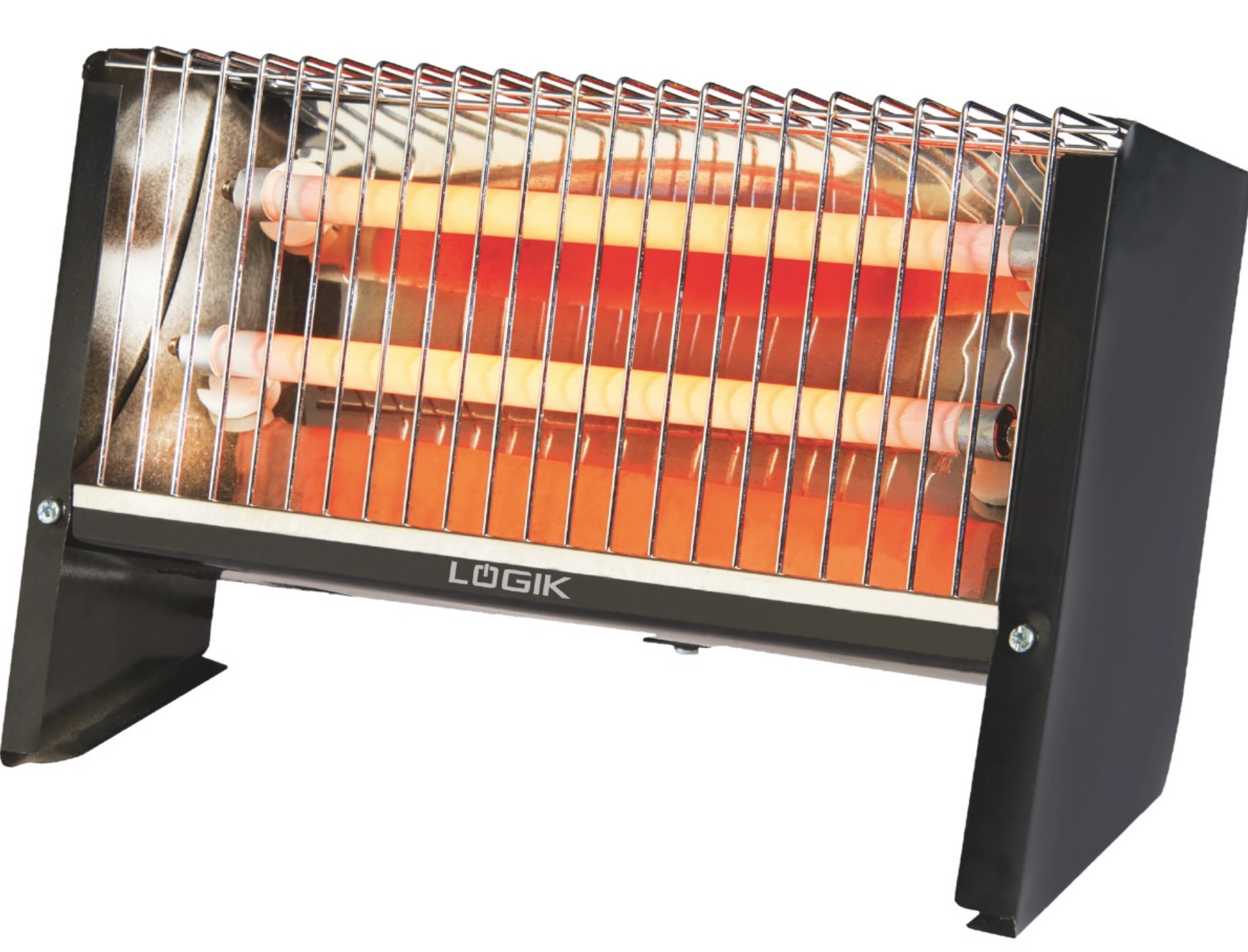
Bathroom heaters
| Radiant ‘bathroom’ 1 or 2 bar strip heater <30 | 1200 or 2400W | Room size 10m3. When you are in a cold bathroom, running cost is not an issue | Room size 10- 20 m3. As above, it feels hotter as the heat radiates downwards. |
| IXL-TASTIC heat lamp bathroom heater | Each lamp is 275W. Usually, 2 or 4 lamp switchable | 19 cents per lamp or 76c for four | Room size 10-20m3 As above, it feels hotter as the heats radiates downwards. |

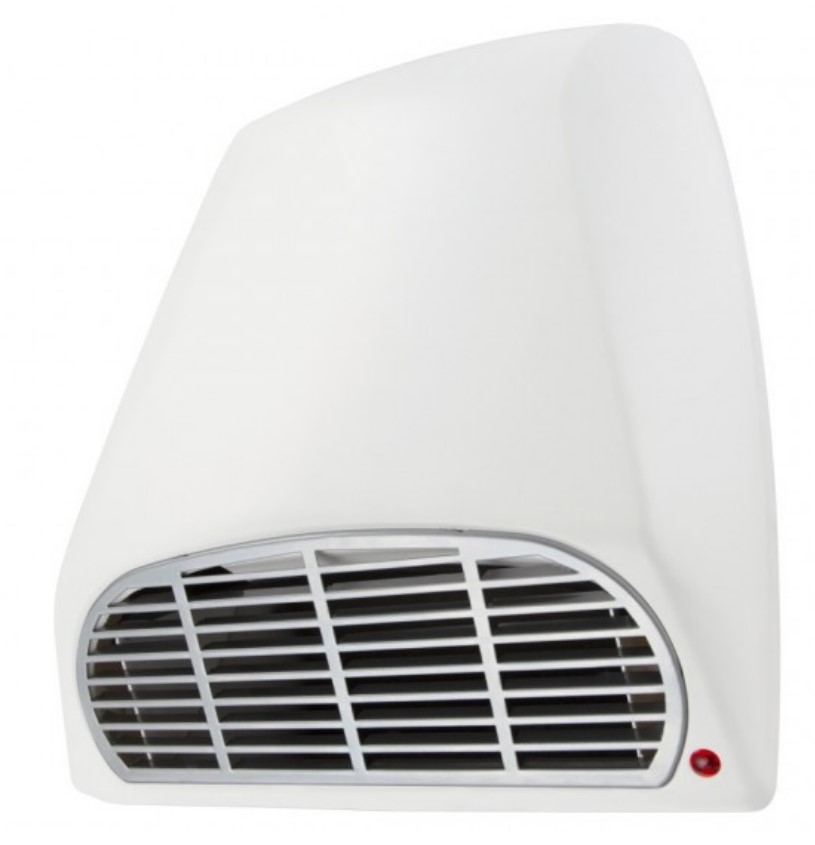
Oil-filled heaters
These are no better than radiant electric – people believe they are more efficient – they are not, and tend to be left on for far longer
| 5 fin | 1000W | 70 cents | This power rating will take about three times as long as a radiant heater |
| 11 fin | 2400W usually with three settings – 800/1600/2400W | $0.56/1.12/1.68 | As above |

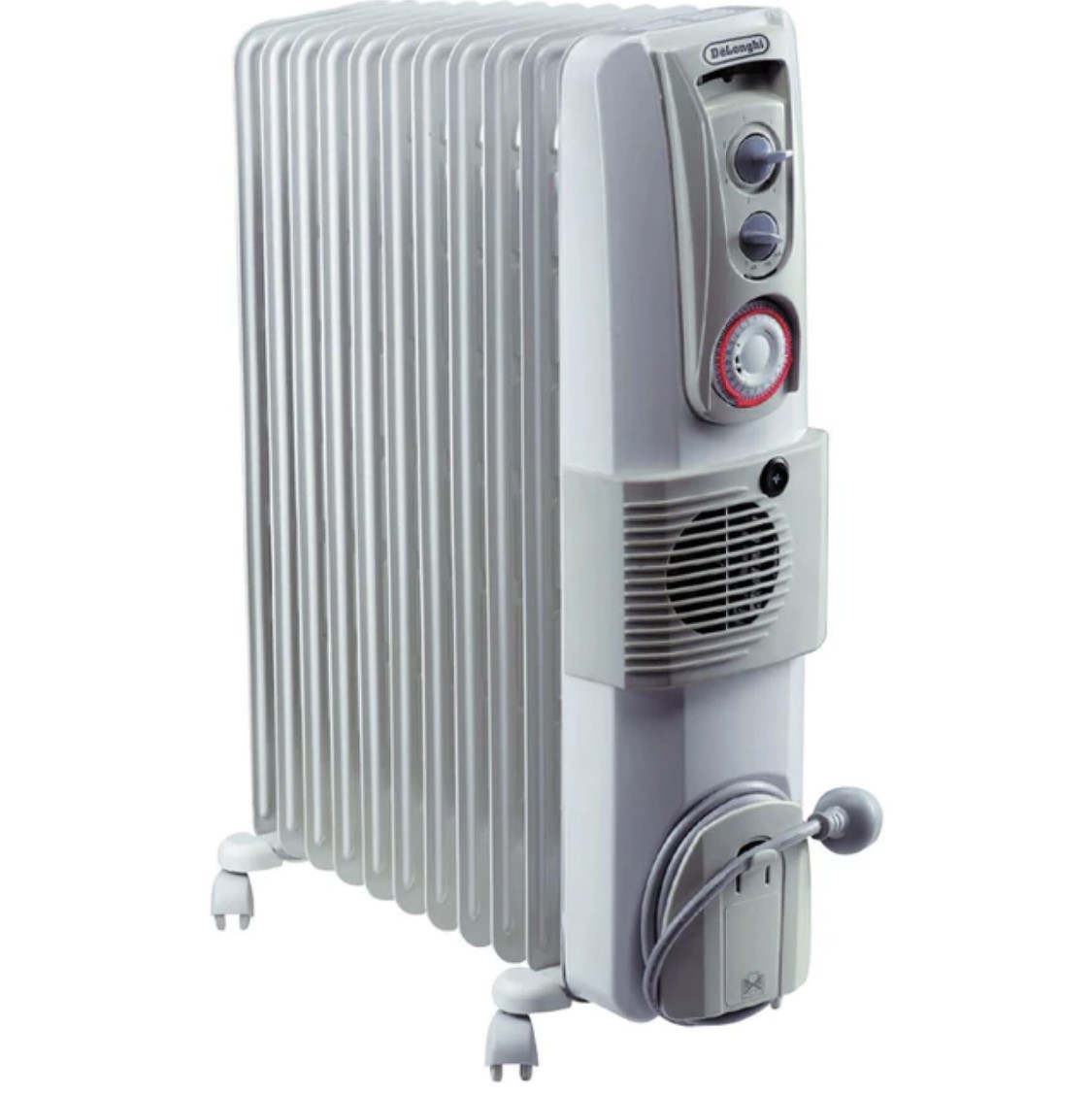
Heated throw rug
The solution uses a fraction of the power to heat you to the temperature you want. Make sure you get one with auto-off.
| Heated throw | Typically 150W with 3 to 6 settings and auto-off | 10 cents maximum | Personal heating |

Space or Infrared heaters
These are just marketing hype to make you think they are for larger spaces. The irony is that the maximum wattage you can plug into a power point is 2400 (240V/10A). Get one with a fan if you want more efficiency.

Electric faux wood fireplaces
These cost about $2000 to $3000 and have ratings from 1.0kW to 2kW—all capable of no more than 20m3. Some have a fan assist that can help spread the heat. None have a remote thermostat because it would show how ineffective this was. Instead, they measure return air or exit air.
You can get some with up to 3600W ($2.10 an hour), but they use 15W or a 3-phase point. Some also work off three-phase and can consume up to 4500W ($3.15 per hour).
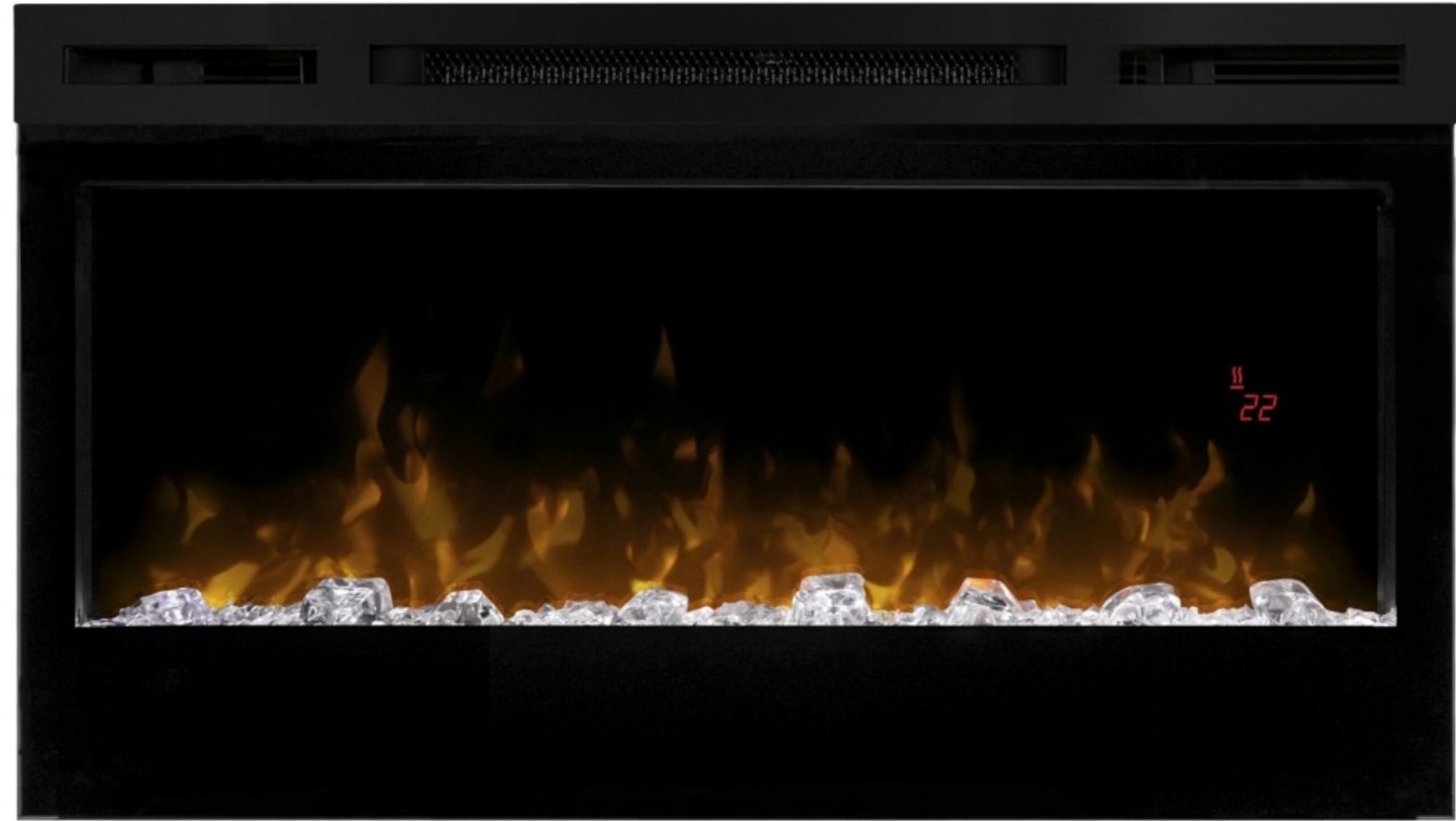
Wood fireplaces
An open fireplace is one of the less efficient ways to heat a room. Why? A lot of heat disappears up the exhaust flue, and there is usually no way to move heat around a whole room – you may be snug in front of it, but freeze three metres away. Not to mention the carbon and pollutants it can produce.
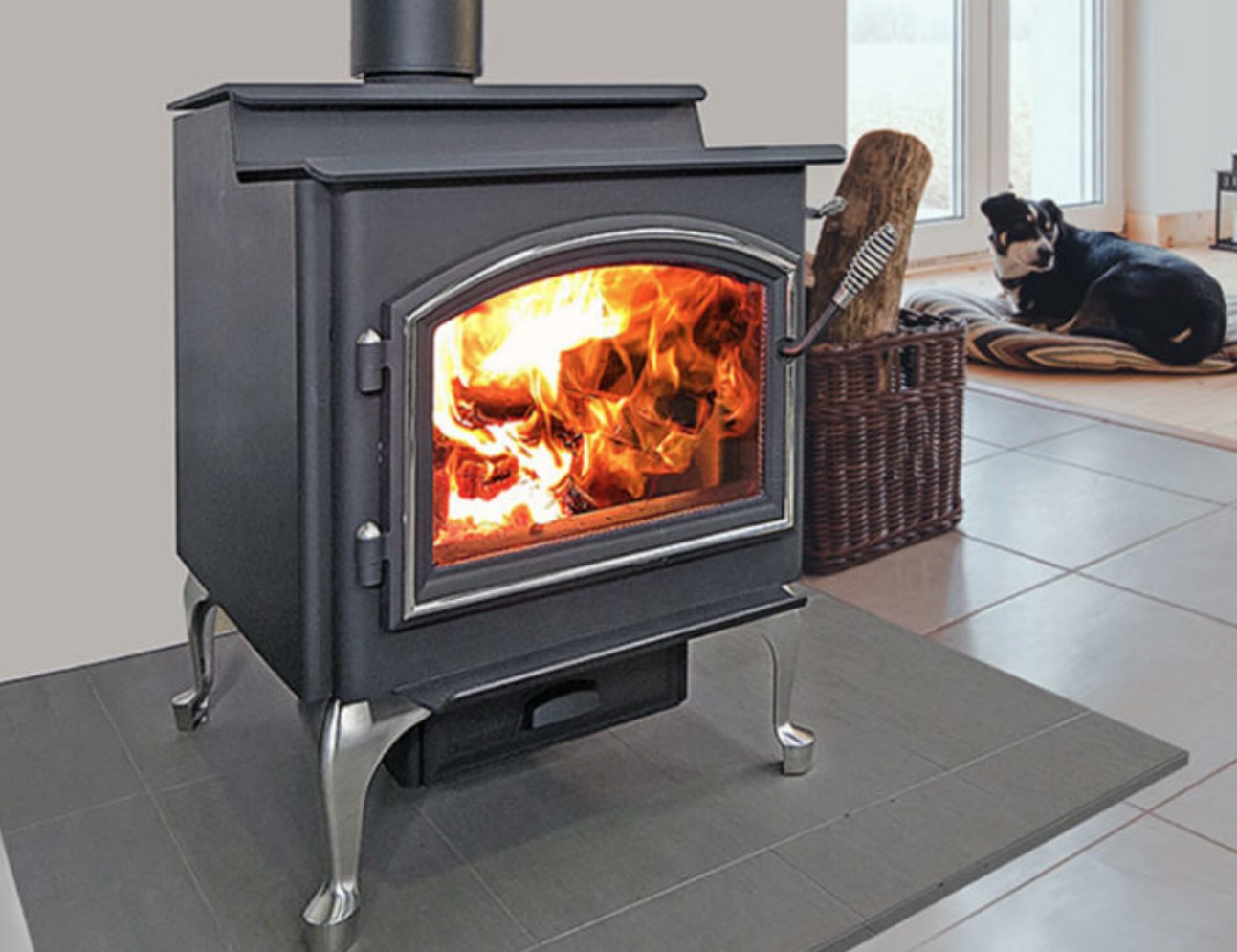
Air conditioning split systems
The best way to heat (or cool) an area is to install a split system air conditioner. There are way too many brands and models, but the trick is to match the room size to the kW capacity and then look for the most efficient models, usually the most expensive. These also have mandatory Energy Star ratings, so it is easy to choose. As a guide for a room (assumes 2.4m ceiling height)
- <20m2, 2-2.5kW
- 20-40m2, 3.5-5kW
- 40-60m2, 5-6kW
- 60+m2, 7-9kW
There is an online room size calculator here.
The best thing about ACs is that they measure return air temperature and, when set to automatic, provide just enough heating (or cooling) to maintain that. Daikin has the Zena range of Coandă effect ACs that don’t blow on you but pick up to 10x times the air at the exit. These barely use .5kw at peak and over 8 hours average out at just over $1.00 All plug into a 240V/10A/2400W socket.

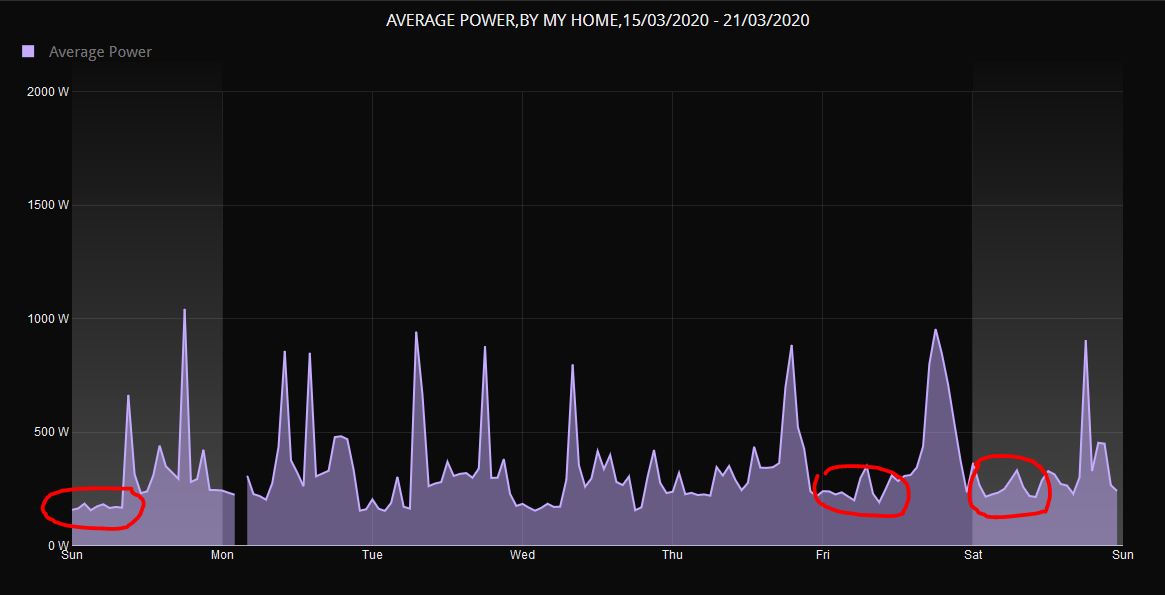
CyberShack’s view – portable heaters are an expensive band-aid.
Thermal management is the priority. All portable heaters chew electricity, and 70 cents an hour, that is a lot.
We want you to remember
- Address thermal design first to reduce the heat or cooling load from the ambient temperature.
- Heat only the area you need – create micro-climates
- No radiant or oil heater that plugs into a 240V socket will heat rooms over 20m3.
- Radiant heaters with a fan are a little more efficient
- Coandă effect fan heaters like the Dyson are the most efficient
Look at the electricity cost over 1000 hours. That radiant 2-bar heater costs $1400 – nearly thirty-six times its purchase price.









3 comments
Dick Richards
Good review but I disagree with your comment on “Open Fireplaces” as you are showing a picture of a closed metal box fireplace, which provide a lot of heat by convection as air is heated by the metal box (stove) which gets very hot. The traditional open fireplace in older homes is very inefficient as you say
Tish Drury
Hello Cybershack. Thank you for the assessment of heaters. Very valuable. Unfortunately gas heaters were not covered. If you are Victorian based they may have slipped under the radar, but from what has been happening energy wise over the past 2-3 weeks, gas will be around for a bit longer. It is (from my past experience) extremely efficient at heating. We have been looking to install a natural gas log heater but have been waiting to see what happens with the gas situation. Now that it has been declared as being around for longer (in NSW at least), then perhaps natural gas heaters could be given a run? Many thanks.
Ray Shaw
I would have liked to cover gas but had no way to measure efficiency, cost, town gas versus bottle etc. I love gas cooking and hot water! I will do some more research but I suspect I will come to the same conclusions.